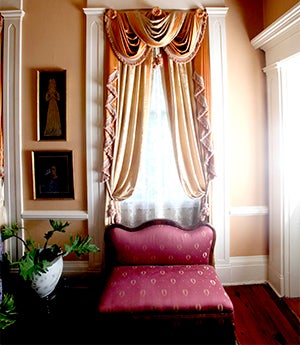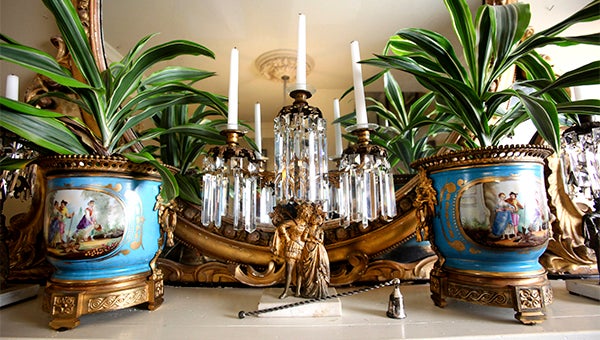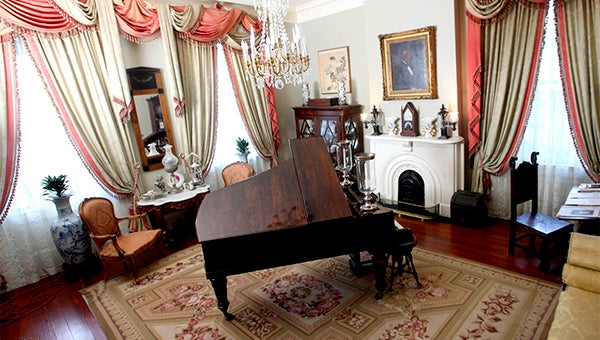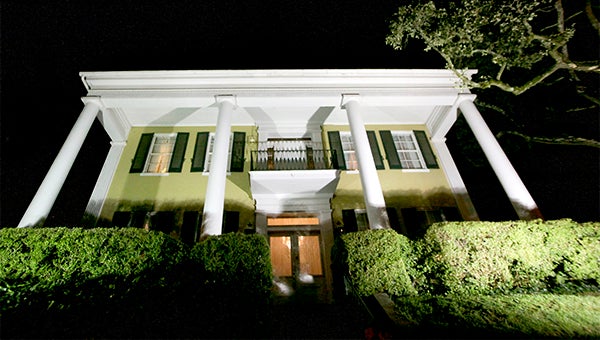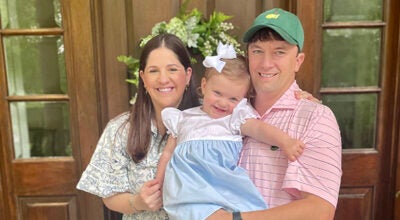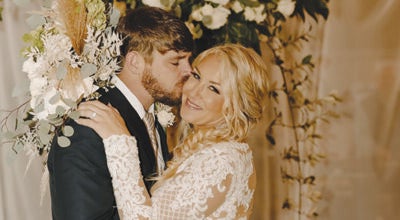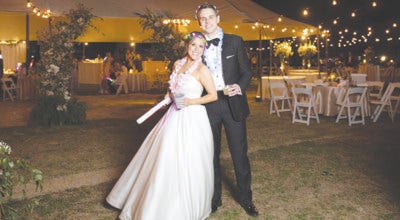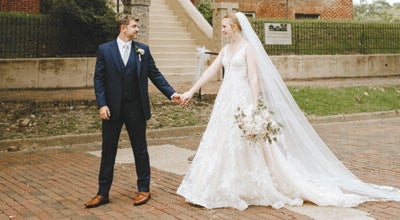Anchuca is ‘Uniquely American’
Published 4:18 pm Thursday, September 7, 2017
By David Creel
Tom Pharr was not supposed to own a historic mansion.
“Folks like us don’t live in big houses like these. We work in them,” a young Pharr was told by a house maid years ago as they worked at the stately mansion Anchuca.
It was sage wisdom Pharr didn’t want to hear.
“One day I am going to have a house just like this one,” he said he told himself.
A fire was ignited rather than extinguished deep inside Pharr, and now he offers personal tours of his mansion — the historic Anchuca.
Pharr was born and reared under the canopy of Vicksburg’s imposing Magnolia trees. Now he is the intersection of charisma and Southern charm, his handshake gently welcoming as he tips his hat to those entering for a tour of his house.
Connecting is something this gentleman does with every guest who walks through the doors of his “happy home,” which is precisely what Anchuca means in the Choctaw language.
“I wanted a house like Anchuca because I love the history of that era,” Pharr said, walking from one parlor to the next, fussing with a drapery tassel as he peers out a sun-bathed window pane.
Life carried him away from his hometown, still Vicksburg was always in his heart. With a client list from his architecture and interior design career that is both enviable and impressive — names such as Puff Daddy, Toni Braxton, L.A. Reid and many other celebrities — Pharr also designed for some of the crème de la crème Ritz Carlton hotels. Whether his work took him to Manhattan or London, the Hamptons or Egypt, Atlanta or Tahiti, Old Man River kept calling him back.
His mother broke the news.
“I remember calling him about 17 years ago in Atlanta to tell him simply, ‘It’s for sale,’” Bettye Barnette Oakes said.
One phone call and the fulfillment of a childhood dream, perhaps even Pharr’s own date with destiny, began.
The house began as a wood frame pioneer house of which much has been painstakingly preserved over the years with remaining heart pine floors and original brickwork in parts of the house. Unlike many of the palatial plantation homes of the South, Anchuca was constructed in the Federal style reminiscent of townhouses of the era.
“The yellow paint color of the exterior has been named Anchuca Gold at the local Sherwin Williams Paint Store, and the story goes that it was selected by the wife of a previous owner to minimize the yellow pollen collected during the springtime. Townhouses in Southern towns like Savannah and Charleston were often painted striking colors to enable them to stand out,” Pharr said.
Anchuca needs no help standing out as it presides high above the brick streets of what was once called the Springfield neighborhood, now overlooking a canvas of architectural styles from shotgun houses to antebellum cottages.
Whether you spend your time in one of Anchuca’s many guest cottages, strolling through the enchanting gardens, satisfying your Epicurean cravings at the fine dining restaurant, taking a plunge in the inviting swimming pool or traveling back in time meandering through the grand rooms of the main house, Anchuca is a gift that keeps on giving. Pharr tells the story of a couple who returned to the same room, Suite 05, the Davis Suite, 30 years after their honeymoon.
“With tears in the wife’s eyes, she told me the second she walked into the room she was transported all the way back in time to when she fell in love with her new husband and Anchuca,” Pharr said.
A twin butterfly staircase takes guests to the second-floor landing, past remarkably salvaged pure gold and mercury stained glass window panels imported from Europe.
“I tell guests who travel here that we live in a uniquely American place,” Pharr recounts from the same balcony from which Jefferson Davis, president of the Confederacy, once delivered a speech.
Anchuca’s history is as rich as the draperies, made in New Orleans using delicate historically-correct patterns, or the chandeliers that shed light on period antiques.
Pharr first learned the stories of the house as a young boy.
Hit seven times with cannon fire during the Civil War, Anchuca was used as a hospital for wounded soldiers. The original ceiling medallions were made by mixing marble dust, horse hair and molasses.
The house has 18 fireplaces, many of which burned coal thanks to one of the original owners who was in the coal and ice business. The house has changed ownership many times over the decades, 10 times to be precise, but the current curator extraordinaire opens every corner of Anchuca with tales to warm any heart.
The main house is meticulously preserved as if time has stood still. The library is home to a grand piano dating back to the 1830s with the walls showcasing Civil War and early Native American artifacts.
A few steps away, the Gentlemen’s Parlor features exquisite draperies designed in the likeness of the blue room in the nation’s White House and a needlework rug done by hand in French Empire design.
“I don’t like a house roped off,” Pharr said, “so you won’t find any of that here. I didn’t want to lose a sense of home.”


